In today’s digital landscape there is a wide range of vulnerabilities, exploits, and threats to watch out for. Protecting your business information takes specific tools and techniques that add up, making infosec (or information security) quite an investment, but it is worth it.
When securing your network, a multi-pronged approach is needed. Depending on the nature of how your company disseminates its data, you will want to take advantage of many (if not all) of the following infosec solutions.
Table of Contents
Email Security
Email security is the practice of protecting your business email accounts and communications from unauthorized access. Organizations can enhance their email security posture by using tools to protect against malicious threats such as malware, spam, and phishing attacks.
Spam and email attachments containing malware are some of the top reasons why security breaches happen. Therefore, email security should be near the top of your priority list.
Multi-Factor Authentication
Multi-factor authentication is a method for securing accounts in which a user is only granted access to a website or application after successfully presenting two or more pieces of identity verification.
Most people only protect their online accounts with a password, which hackers have the tools to exploit. Even if the password is complex, it is not secure enough.
To improve your infosec further, we recommend taking advantage of multi-factor authentication. This is a clever solution that requires a second layer of authentication when logging in, and it often incorporates an item that a hacker is doubtful to have access to, like your mobile device or secondary email account.
A Firewall
A firewall monitors and controls incoming and outgoing traffic on your network, and typically establishes a barrier between a trusted network and an untrusted network, such as the Internet.
Information constantly flows in and out of your network and it is a firewall’s job to make sure that threats do not make it into the mix.
Data Encryption
With data encryption your information is securely encoded, converting the original plaintext into an alternative form known as “ciphertext.” With ciphertext, only authorized parties can decipher the information back into the original readable plaintext.
By taking advantage of data encryption, you can ensure that your information will be kept private if it were ever to fall into the wrong hands, as it is unreadable without a data encryption key.
Antivirus Software
Antivirus software is used to prevent, detect, and remove malware from your computer. However, just having such an antivirus solution in place is not usually enough if it is not effectively managed and updated on a regular basis.
